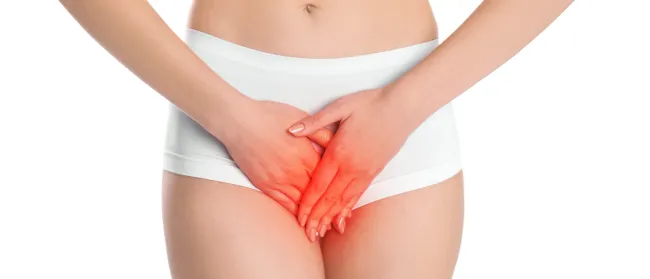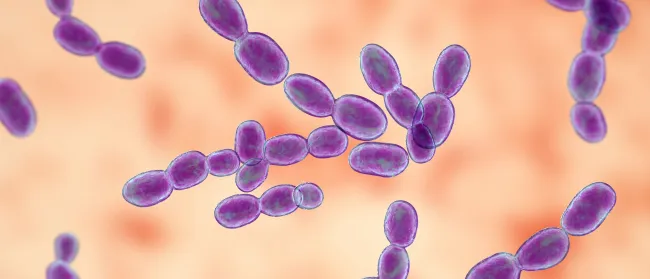Yeast Infection
In healthy women, yeast is most often present in the vagina. The issue of too much yeast — this uncomfortable condition is referred to as a yeast infection.
Treatment For Yeast Infections
How Advanced Can Help You
There are over the counter creams, suppositories and other medications that can help reduce or eliminate the side effects of yeast infection. Talk to your doctor before beginning any new treatment regimen. Additionally, refrain from sexual contact to the affected area and don’t scratch the affected area as this may lead to irritation or complication.
If the yeast infection doesn’t improve, or your symptoms worsen, see a doctor. If you’re unsure if your symptoms are caused by a yeast infection or you’re suffering from chronic yeast infections, you can make an appointment with a patient care coordinator and come in for an office visit. We can properly diagnose your condition and recommend the right course of treatment.

Symptoms Of Yeast Infections
Yeast is actually a member of the fungi kingdom, not unlike molds and mushrooms. So a fungal irritation called vaginal candidiasis or vulvovaginal candidiasis develops when the naturally-occurring vaginal yeast grows uncontrollably. This leads to symptoms including:
- Discomfort
- Itching
- Pain or burning during urination
- Pain during sex

Causes Of Yeast Infections
There are several ways that vaginal yeast balance can become upset. Some of the risks and causes include:
- Immune deficiency
- Diabetes
- Hormonal changes
- Pregnancy
- Antibiotics, steroids and other drugs
- Adverse reaction to the genital yeast of a sexual partner (not an STI)

